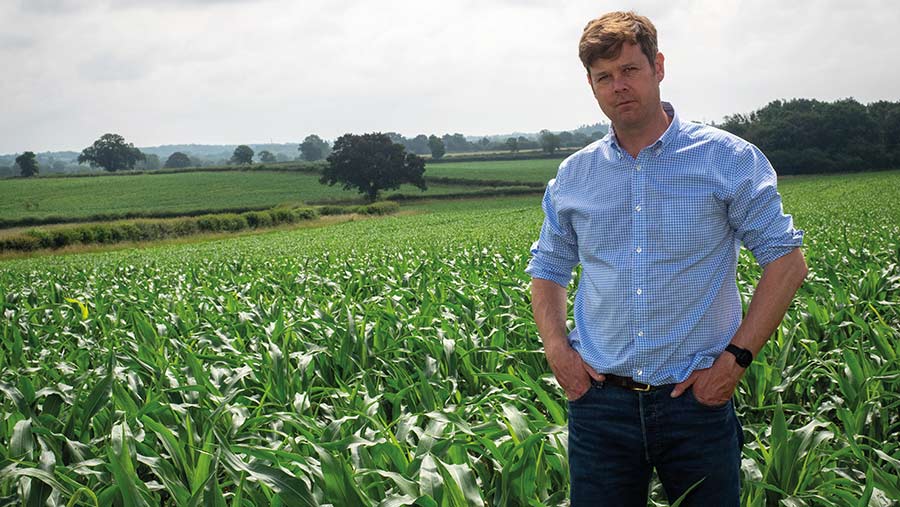Farmer Focus: High input costs put us in high-risk position
 Robin Aird © Kathy Horniblow
Robin Aird © Kathy Horniblow Since I wrote my previous article, we have had 85mm of rain and two major storms. We were incredibly lucky and only lost a handful of trees, but that does feel like a long time ago now.
The ground is starting to dry up and we have applied the first 50kg/ha of nitrogen plus sulphur to the crops.
We are just finishing the round-up on the land destined for spring wheat, and the post-sheep maize covers are next on the list.
Then we will be across the rye and the wheat for the final herbicides and early growth regulator applications.
See also: How to control yellow rust in wheat without epoxiconazole
The ground after stubble turnips will get a light cultivation, before spring wheat drilling.
We were awarded a grant towards the purchase of a direct drill. It will arrive later this spring, sadly too late for the spring wheat, but the conditions would have been ideal.
The war in Ukraine has caused a massive increase in input and output costs over the past few weeks. Fuel has nearly doubled and nitrogen fertiliser costs are currently more than £2/kg.
Renewing electric contracts are eye-watering and wheat is about £250/t.
However, when you put these figures into a budget, we are making similar margins to last year.
The worry is, if the output price comes back, we could suddenly be in a very high-risk, negative margin situation.
The United States Department of Agriculture last week increased its ending wheat stocks, which immediately negatively affected prices.
To finish on an amusing note, I heard that my local New Holland salesperson was asked by a customer for a lift to pick up his brand-new John Deere, to which he obliged.
I think this is a notable example of playing the long game and not getting irate because you missed out on the first opportunity.


